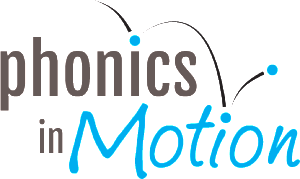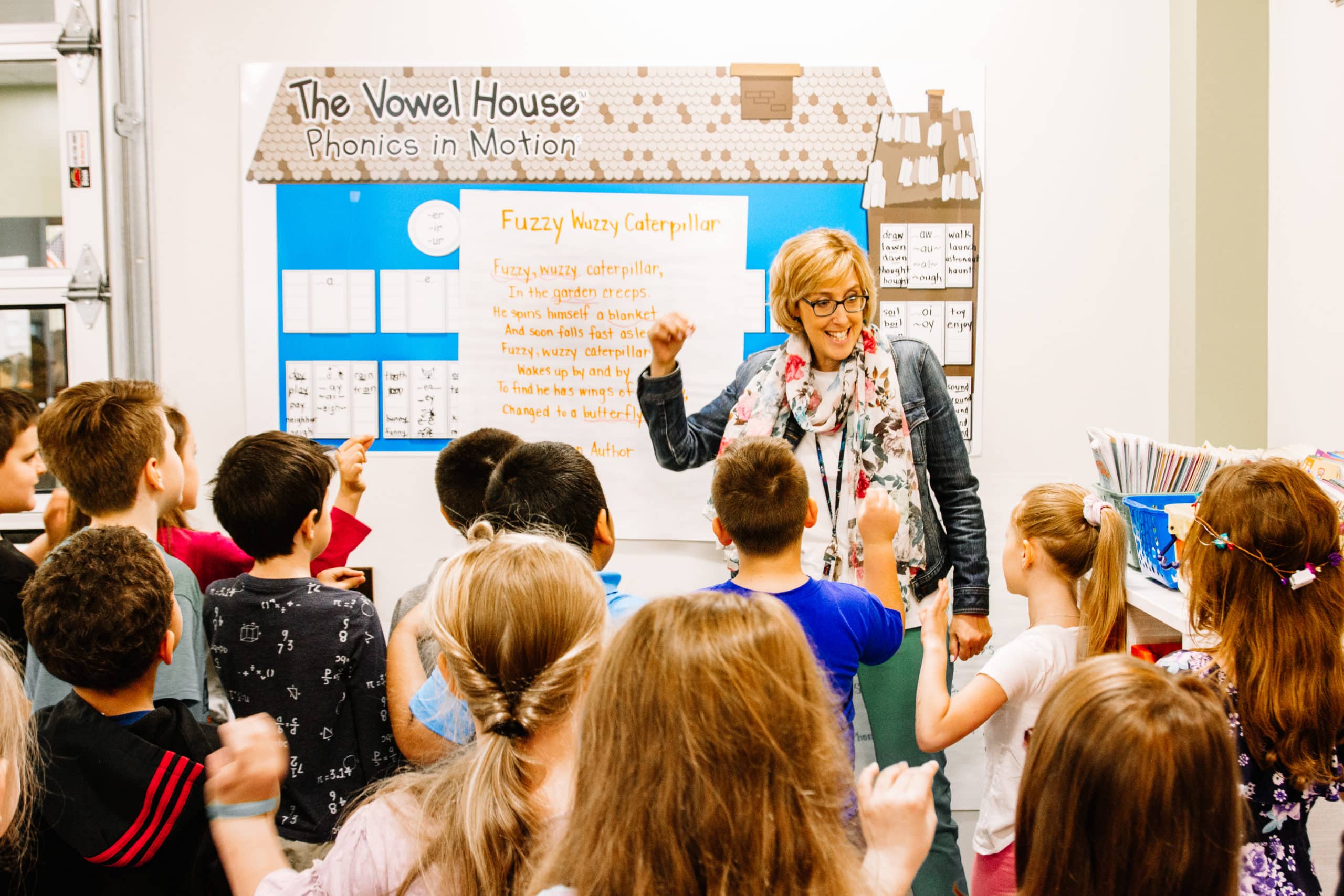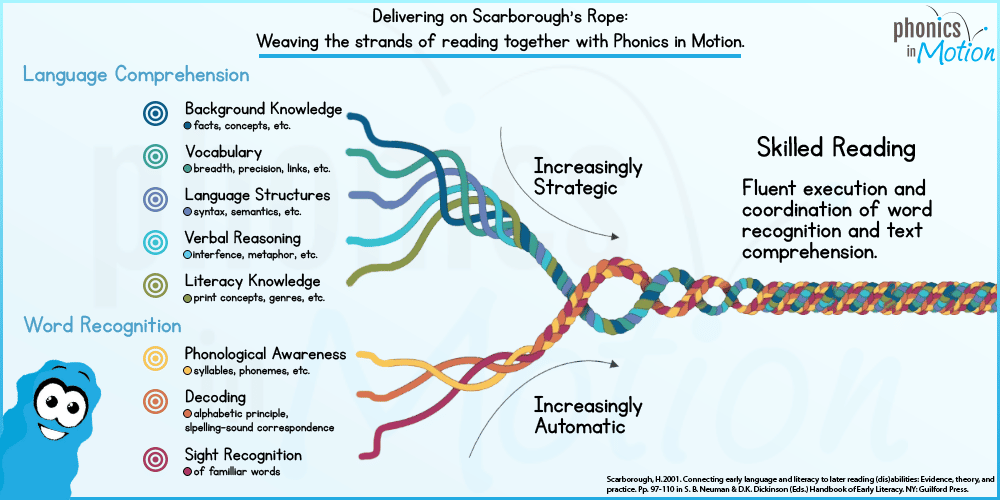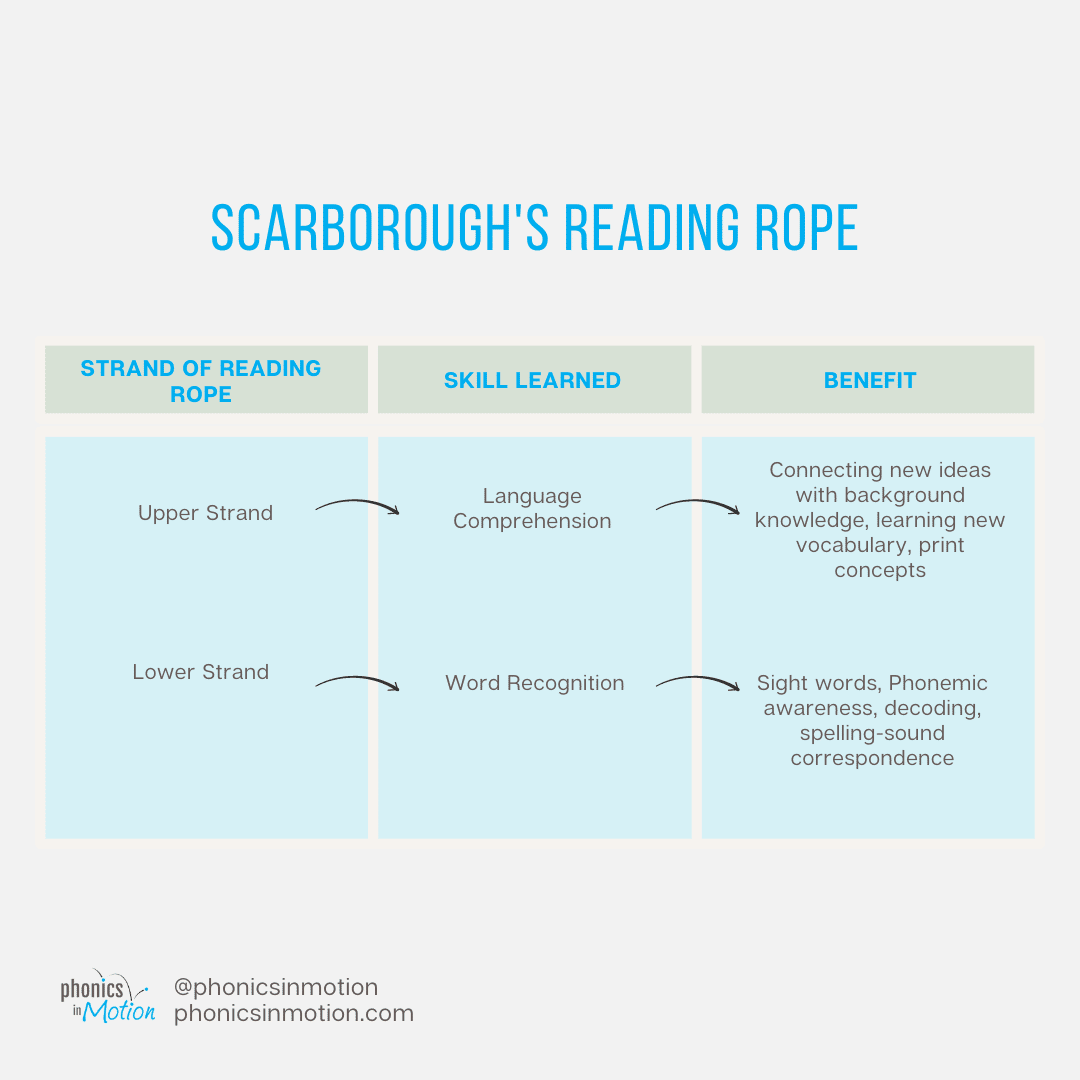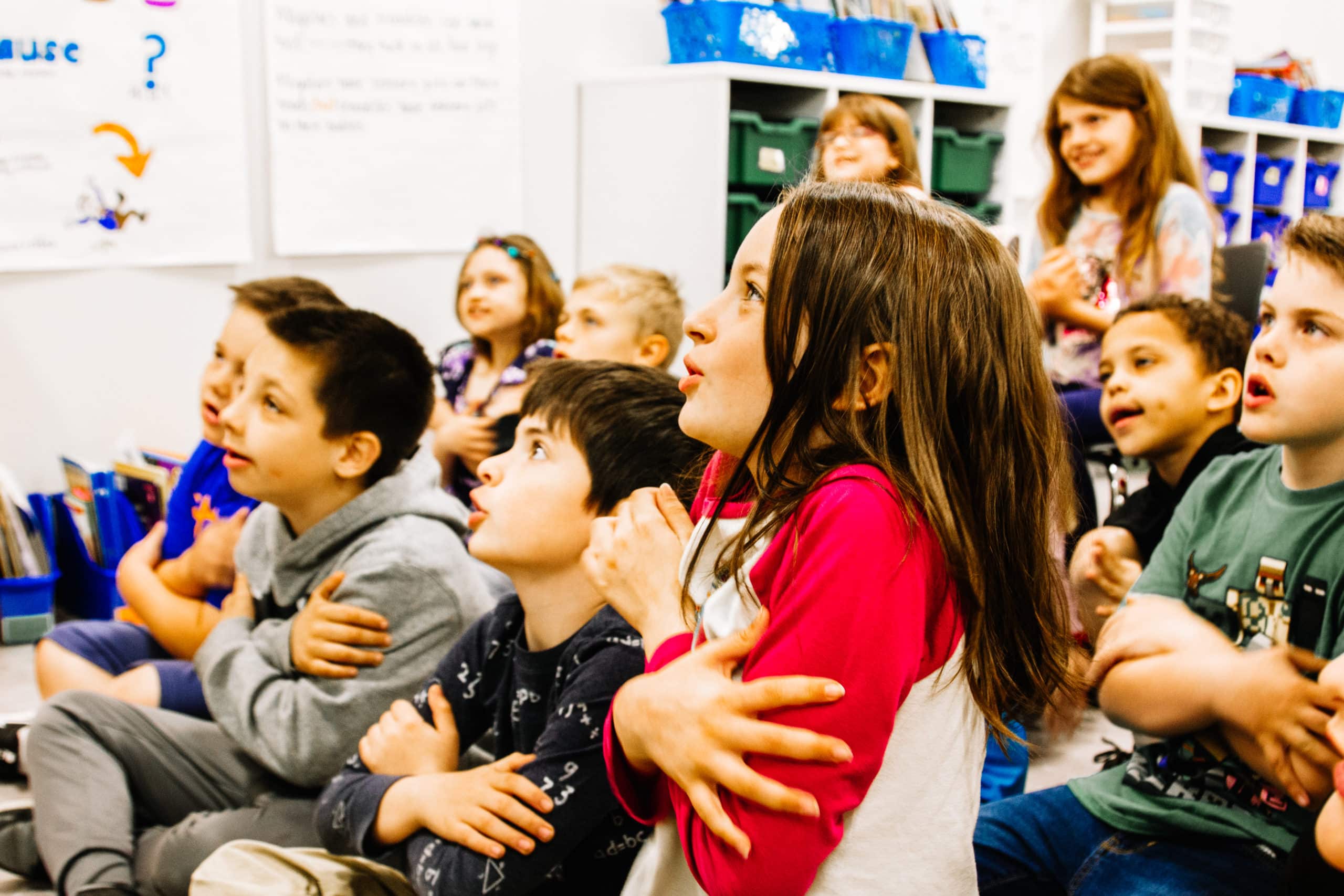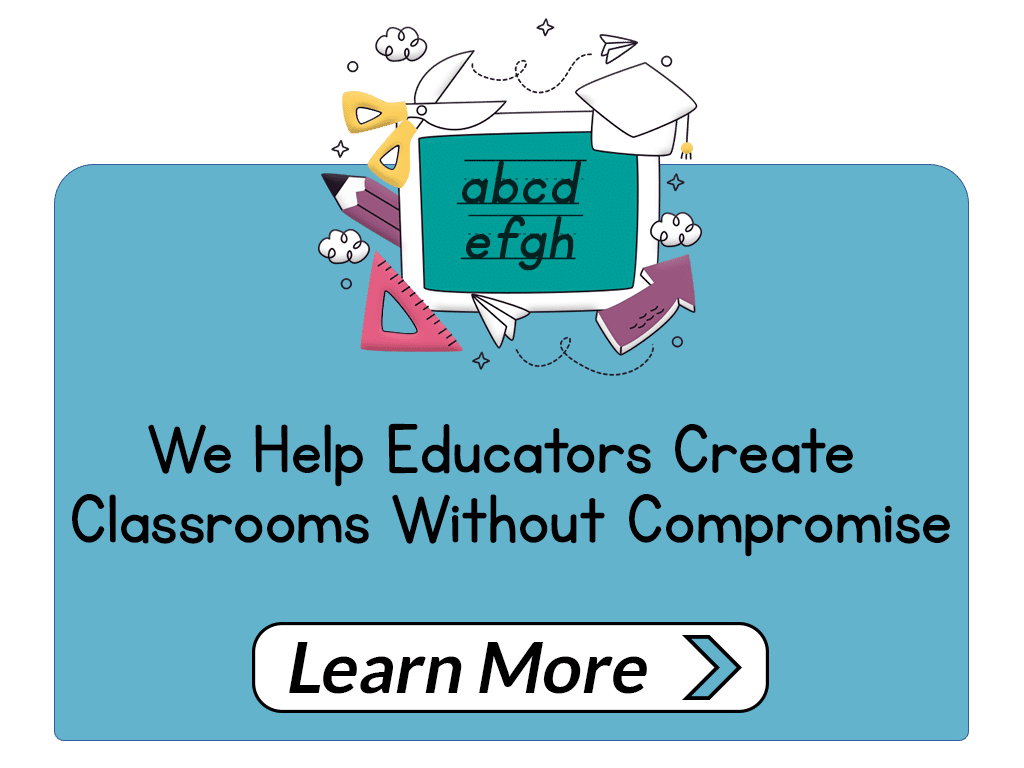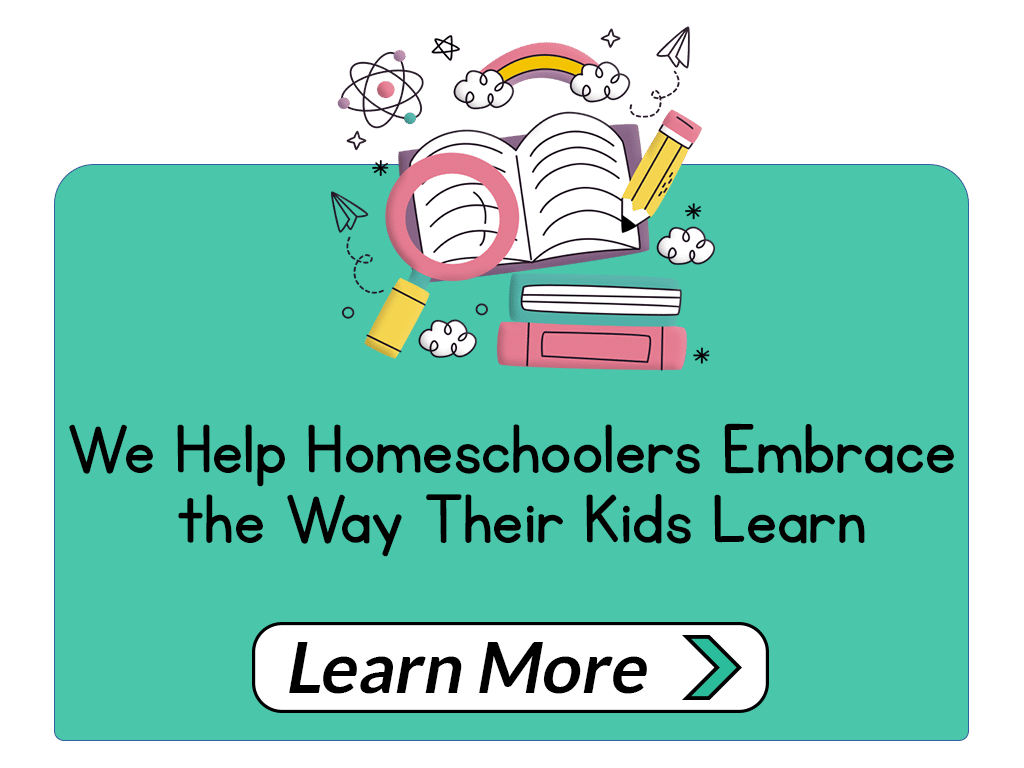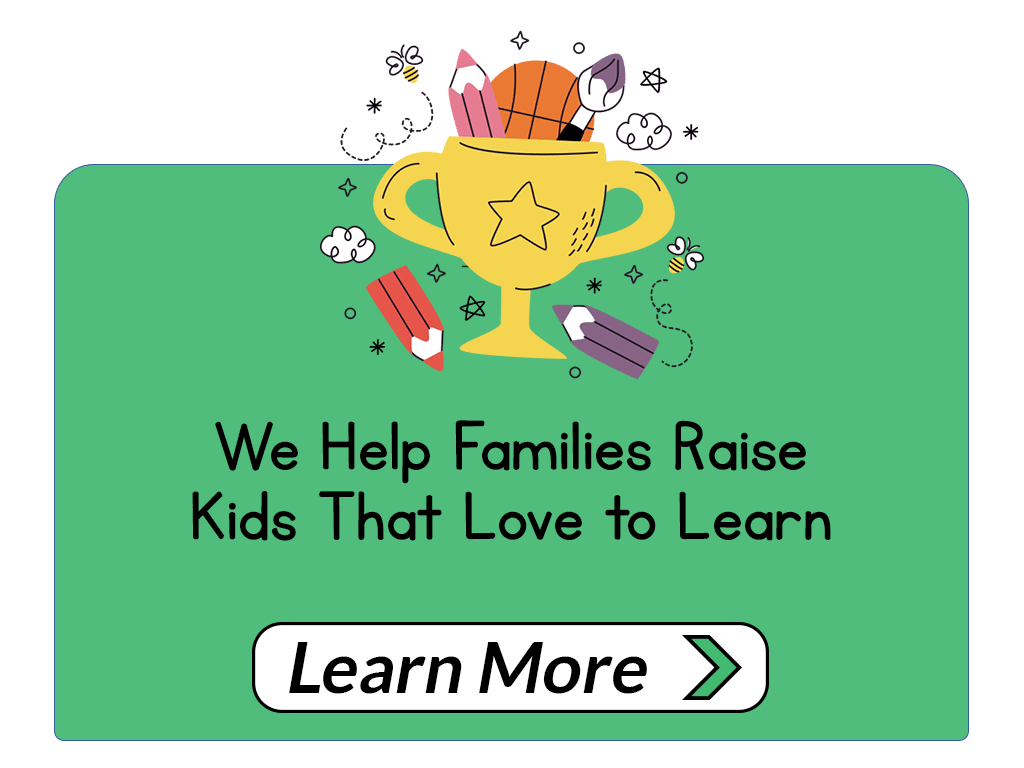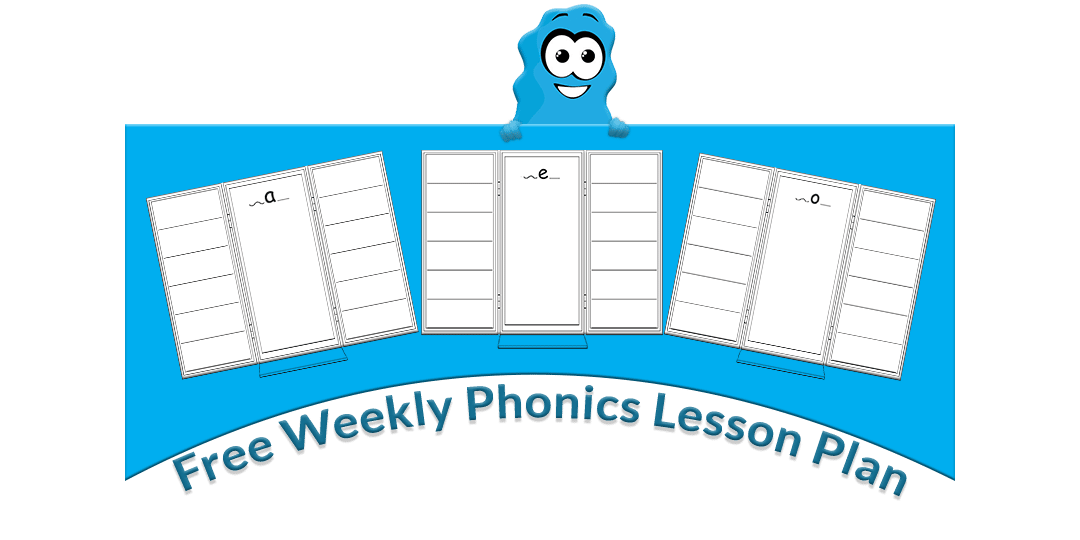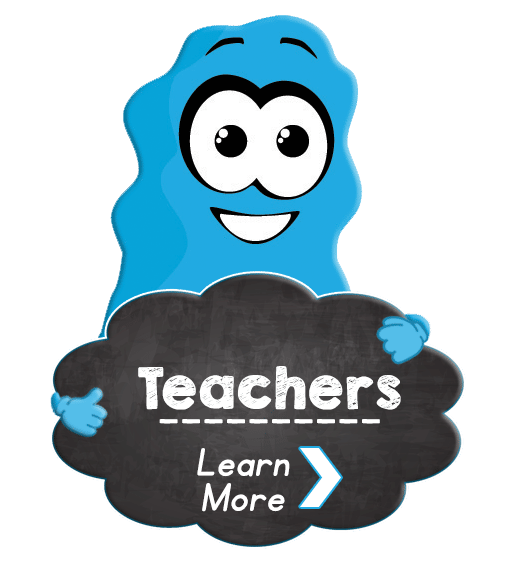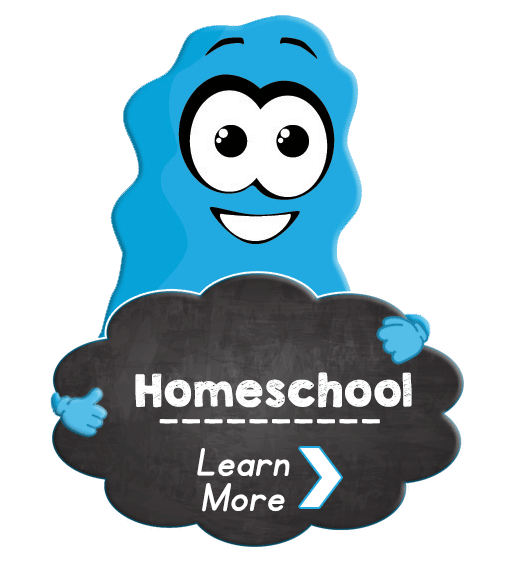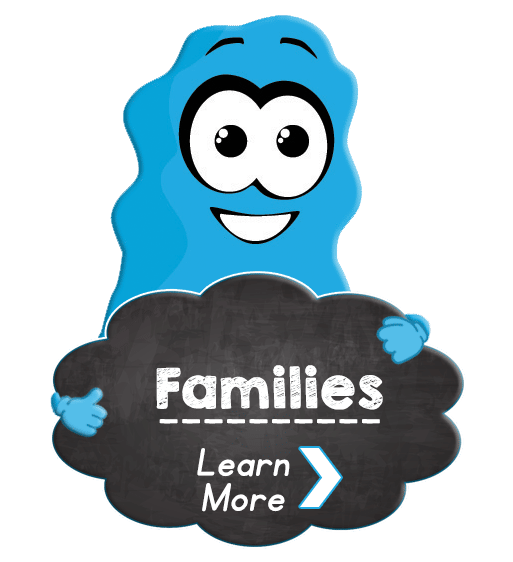How Do You Use Scarborough’s Reading Rope?
Scarborough’s reading rope is an excellent way for teachers and parents alike to ensure that all areas of literacy are covered during student instruction. The reading rope can make sure that you are teaching each strand in an interconnected way.
Teaching all strands of Scarborough’s reading rope together helps kids develop better literacy skills. As kids make connections between the different strands they will become stronger individually and even stronger when woven together.
What Are The Components of Scarborough’s Reading Rope?
Scarborough’s Reading Rope was developed by Dr. Hollis Scarborough to illustrate all of the components of reading. It shows how, even though they can stand alone, each reading skill connects to the rest. It demonstrates how all skills must be taught together in order to properly “weave” the rope.
The reading rope combines “upper strands” and “lower strands”. The upper strands focus on language comprehension and include background knowledge, vocabulary, language structures, verbal reasoning, and literacy knowledge.
The five areas of language comprehension should increase over time as the reader builds (1) background knowledge, (2) deepens vocabulary, (3) becomes familiar with language structures (syntax, semantics, etc.), (4) strengthens verbal reasoning skills (inferencing, figurative language), and (5) gains literacy knowledge such as print concepts and genre definitions.
The lower strands focus on word recognition and include phonological awareness, decoding, and sight recognition. These skills should become increasingly automatic as the reader gains phonemic awareness, becomes stronger at decoding (spelling-sound correspondence) and develops letter identification skills.
Each of Scarborough’s strands works together to strengthen the reading rope as the reading rope begins to weave itself into fluent, skilled reading. Each strand is equally important and none can lead to successful reading by itself. The final product of these woven reading strands is skilled reading that includes fluency, word recognition, and text comprehension.
How Does Scarborough’s Reading Rope Help Kids Learn To Read?
Scarborough’s reading rope impacts reading instruction for children by making sure that all areas of literacy are covered to ensure success in learning how to read. The two reading strands cover five areas of language comprehension and three areas of word recognition. Using the reading rope can help you to make sure that you are giving your young reader as many skills as possible to be successful.
The language comprehension strand gives your reader strategies to understand the content of what is being read. This includes connecting new ideas to background knowledge and learning new vocabulary. It also includes becoming familiar with language structures and beginning to develop verbal reasoning skills such as inferencing. Finally, language comprehension includes literacy knowledge that includes print concepts.
The word recognition strand helps your reader to move more words into sight word recognition. It focuses on phonemic awareness or understanding all of the sounds in different combinations. It also includes decoding words and spelling-sound correspondences.
Why Is Connected Teaching Important?
When using Scarborough’s Reading Rope to teach literacy skills in a connected manner, children have a greater chance of retaining the skills being taught. If the reading skills are taught independently, children can have a hard time connecting the dots.
Making Connections
Making connections between the reading rope skills should be the goal of every teaching opportunity. When teaching a lesson and introducing new vocabulary, kids should be connecting the new vocabulary with background knowledge. Weaving those strands of knowledge together is how your student will become a fluent reader.
Weaving Words
Making connections between the syllables and phonemes of phonological awareness and pairing those sounds with letters is how your learner will begin to decode what they are reading. Again, these skills are being used in a connected manner which leads to the most effective reading instruction.
Brain-Based Learning
When learning to read, your brain must build connections between four different areas. The visual cortex helps recognize words and letters. The auditory cortex allows us to hear the
difference between sounds. The angular gyrus helps to connect sounds and letters. Finally, the inferior frontal gyrus allows us to make speech sounds and form words and sentences. Making connections between these four areas is essential to learning how to read. Making connections is key!
How Does Phonics in Motion Use Scarborough’s Reading Rope?
Phonics in Motion focuses on the Science of Reading to deliver research-based and comprehensive reading instruction. Instead of delivering each strand of instruction as a siloed unit, Phonics in Motion weaves the strands together and delivers engaging lessons that capture the attention of young learners. All four areas of the brain that are needed to learn how to read are activated when you use a Phonics in Motion lesson.
Balancing visual, auditory, and kinesthetic learning styles, Phonics in Motion engages learners to build a foundation of phonemic awareness and word recognition.
Highly effective language instruction builds on the foundation of word recognition and weaves in reading comprehension strategies. Making sure that all strands of the reading rope are covered allows Phonics in Motion to help you capture the attention of your learners in a way that is kid-friendly but is also backed by science
PIM’s fun and engaging lessons make sure that all strands of the reading rope are addressed. This offers many pathways to learning for your child. Phonics in Motion weaves the strands of Scarborough’s reading rope together in a way that all learners can find success.
Key Takeaway
With all this newfound knowledge, how will it change the way you teach reading today?
Phonics in Motion can help you take the guesswork out of teaching reading and handwriting! PIM helps you make sure your learner isn’t learning phonics as a silo but as part of a comprehensive system based on Scarborough’s reading rope. Built on the five pillars of early literacy development, PIM weaves together Scarborough’s reading rope in a way that makes learning FUN, multisensory, and engaging for kids at every level!
Ready to get started with Phonics in Motion? Pick your program:
Source 1: https://dyslexiaida.org/scarboroughs-reading-rope-a-groundbreaking-infographic/
Source 2: https://www.weareteachers.com/scarboroughs-rope/
